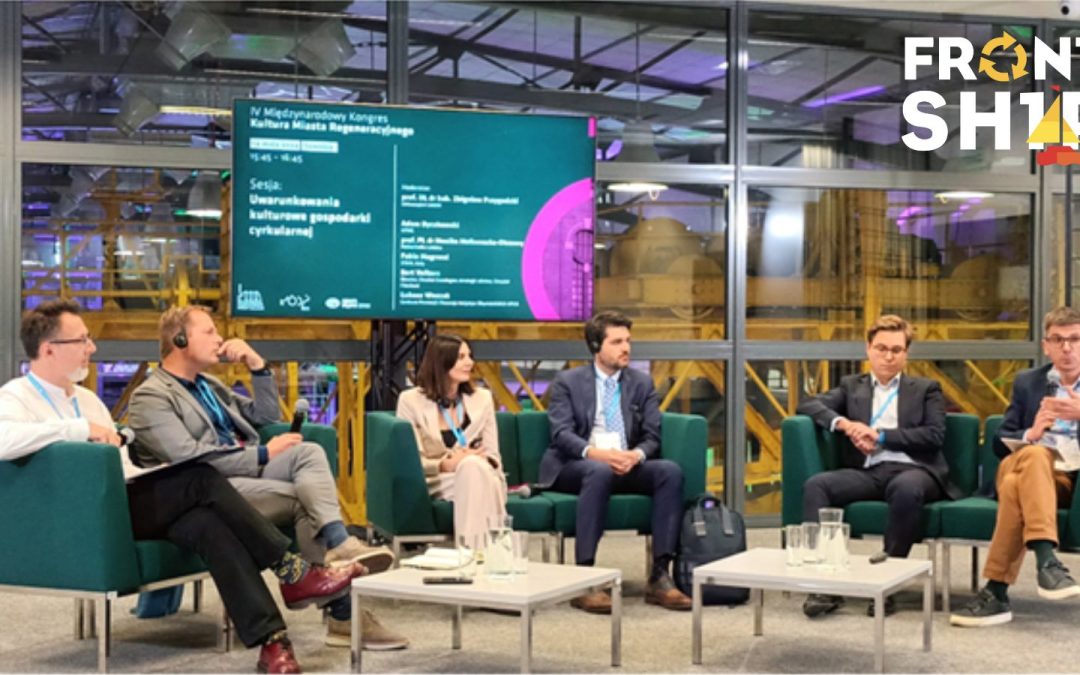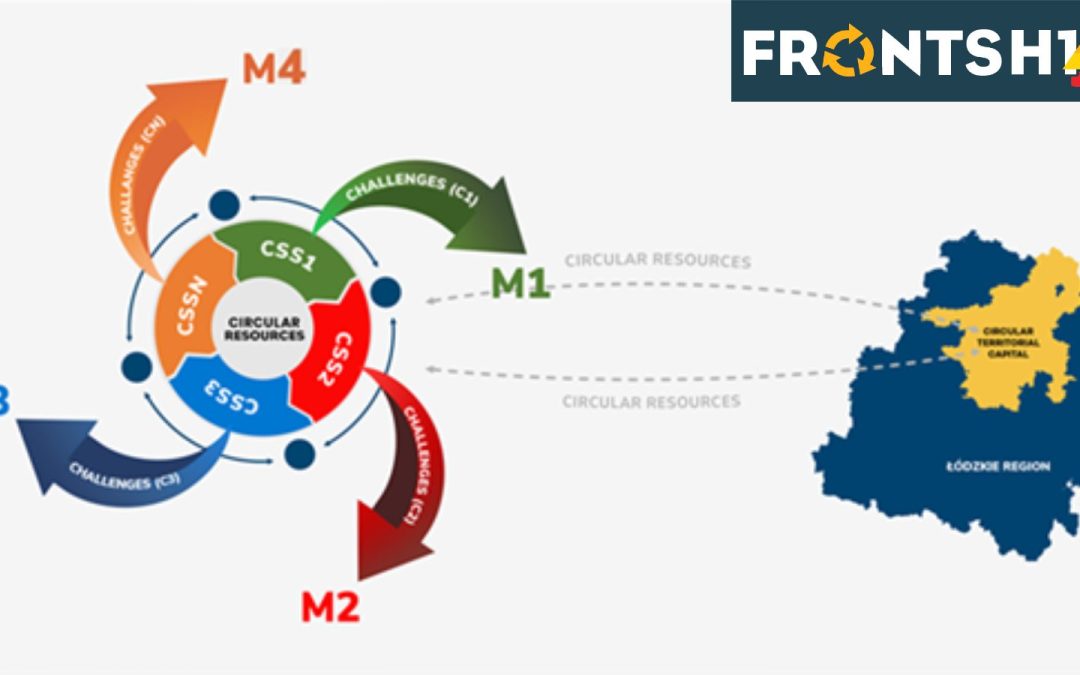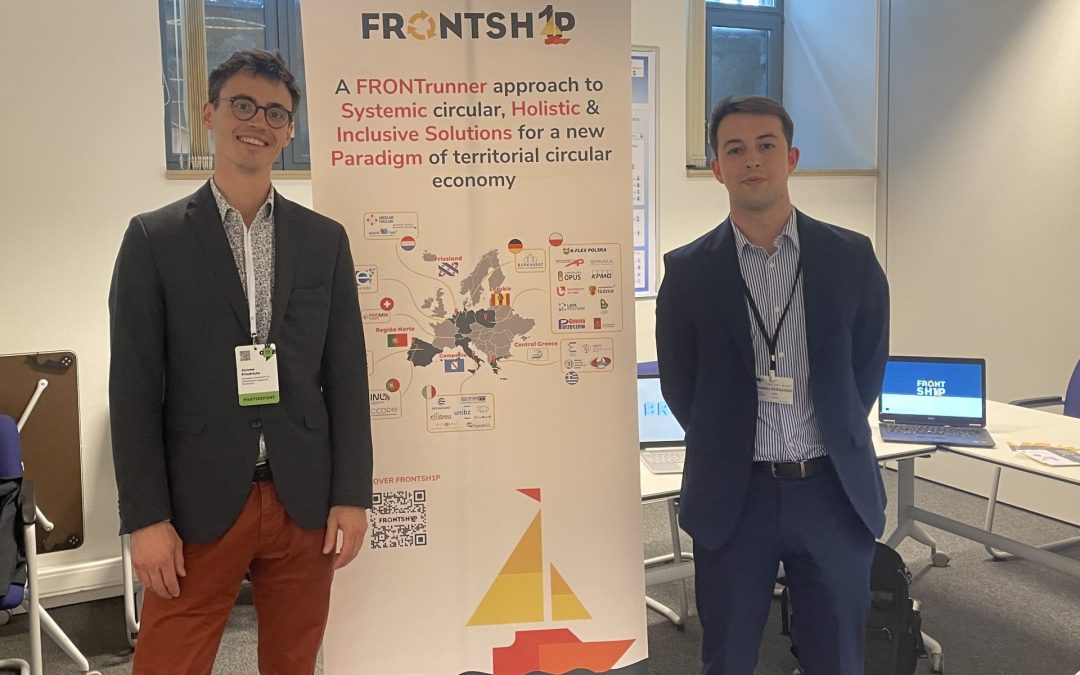Author: Vasiliki Kontou
With the aim of valorising wood packaging waste, FRONTSH1P CSS1 encompasses the design, construction and operation of a gasification plant combined with a gas burner for heat generation and a post-combustion capture (PCC) unit for CO2 capture.
FRONTSH1P has the ambition to be a frontline project in bioenergy carbon capture and utilisation initiatives by demonstrating the carbon capture advantages in a territorial circular economy cluster. For this purpose, a compact PCC unit operating with appropriate solvents for CO2 capture will be designed, built, and tested at the NTUA facilities. In-house experimental and literature results will be exploited for validating thermodynamic models that describe the absorption of CO2, with the purpose of developing a specific tool for the design of the entire syngas combustion and PCC processes in industrial settings. The tool will enable the mapping of the operations, selecting key parameters and plant configurations for both demo scale and industrial scale technology deployment based on a process optimisation approach. The concept investigated foresees that the biomass gasifier will be connected to an existing industrial-scale natural gas boiler. First, standalone syngas combustion characteristics will be evaluated for possible boiler modifications functional to achieving satisfactory operating windows. Combustion tests will then be performed with methane/syngas mixtures that will replicate biogas/syngas co-firing. Finally, a validation of the CSS1 thermodynamic model with demo plant data will be performed.
The application of the circular approach for the valorisation of wood packaging waste allows for the transition from fossil fuels to renewable syngas for heating purposes. When combined with post-combustion capture of CO2, the proposed CSS1 solution supports the effective decarbonisation of the heating sector in both centralised and decentralised contexts, and significantly reduces greenhouse gas emissions and decreases forest depletion, possibly even allowing for a negative emission balance. Further utilisation of CO2 within industrial processes (e.g., to replace foaming agents in the plastic industry) will assist the decarbonisation of the built environment while symbiotically replacing substances with higher toxicity currently employed in the industry.






